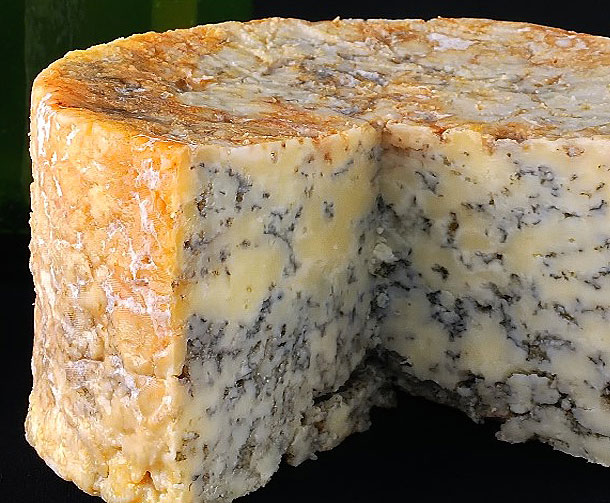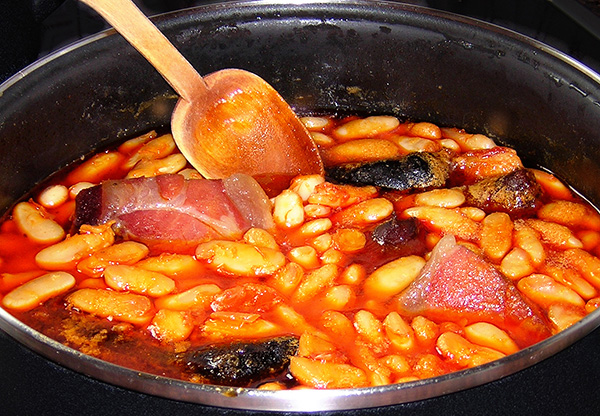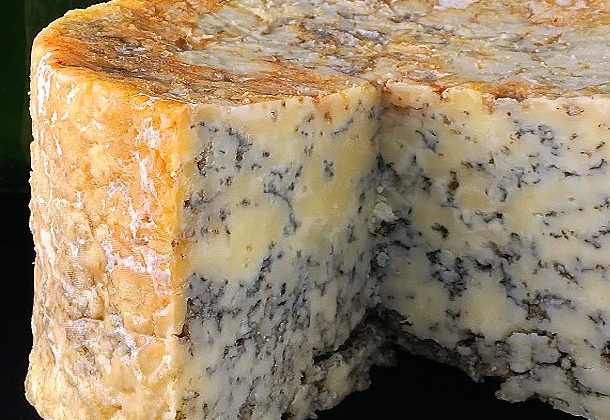Asturias, a region in northern Spain, is renowned for its breathtaking landscapes, rich cultural heritage, and, most importantly, its gastronomic delights. Among its culinary treasures, the eastern part of Asturias shines with its artisanal cheeses and hearty dishes that reflect the region’s agricultural bounty. In this article, we will explore the unique flavors of Cabrales, Gamonedo, and Beyos cheeses, alongside traditional dishes like fabada, pote asturiano, cachopo, and arroz con leche, all while highlighting the artisanal ingredients sourced from the majestic Picos de Europa.
The Art of Cheese Making
Asturias boasts a long-standing cheese-making tradition, particularly in its eastern region. The lush pastures of the Picos de Europa provide the perfect environment for grazing livestock, and the result is a rich variety of cheeses. Among the most celebrated are Cabrales, Gamonedo, and Beyos. Each of these cheeses has its own distinct characteristics, influenced by the local climate, the breed of cattle, and traditional production methods.
Cabrales Cheese: A Blue Delight
Cabrales cheese, often referred to as the king of Asturian cheeses, is a blue cheese made from a blend of cow, sheep, and goat milk. It is aged in natural caves in the Picos de Europa, where the unique microclimate allows the cheese to develop its characteristic blue veins and intense flavor. Its strong aroma and complex taste make it a favorite among cheese lovers, and it pairs beautifully with the region’s robust red wines.

Gamonedo Cheese: A Creamy Indulgence
Another gem from the eastern Asturias is Gamonedo cheese. This semi-soft cheese is made from unpasteurized cow’s milk and is known for its creamy texture and slightly nutty flavor. The cheese is traditionally wrapped in a natural ash, which enhances its taste and adds a unique appearance. Gamonedo is often enjoyed on its own or paired with fruits and nuts, making it a delightful addition to any cheese board.
Beyos Cheese: A Lesser-Known Treasure
Beyos cheese, although less famous than its counterparts, is equally deserving of recognition. Produced in the Beyos Valley, this cheese is made from the milk of local cows grazing on the lush meadows. It has a mild flavor with a hint of sweetness and a smooth texture. Beyos cheese is often used in cooking, adding a touch of richness to various dishes, or served alongside local bread and preserves.

Traditional Dishes of Asturias
Beyond its exquisite cheeses, Asturias is home to a range of hearty dishes that embody the spirit of the region. One of the most famous is fabada asturiana, a rich bean stew made with fabes de la Granja, a variety of white beans native to Asturias. This dish is typically enriched with chorizo, morcilla (blood sausage), and bacon, creating a warm and comforting meal perfect for chilly days.
The Pote Asturiano: A Hearty Stew
Another staple of Asturian cuisine is pote asturiano, a robust stew that combines various meats, potatoes, and greens. Often featuring ingredients like cabbage, leeks, and turnips, this dish showcases the region’s agricultural produce. It is not only filling but also a perfect representation of the communal spirit of Asturias, as it is often prepared in large quantities to share with family and friends.
The Delightful Cachopo
For those seeking something truly indulgent, cachopo is a must-try dish. This traditional Asturian meal consists of two large pieces of breaded meat, typically filled with cheese and ham, and then fried to golden perfection. It is often served with a side of potatoes or a fresh salad. The combination of flavors and textures makes cachopo a favorite among locals and visitors alike.
A Sweet Ending: Arroz con Leche
No exploration of Asturian gastronomy would be complete without mentioning arroz con leche, a creamy rice pudding flavored with cinnamon and lemon. This comforting dessert is made with locally sourced rice and milk, embodying the region’s commitment to using fresh, artisanal ingredients. It is a sweet conclusion to any meal and a cherished tradition in Asturian homes.

The Influence of the Picos de Europa
The Picos de Europa not only provide a stunning backdrop to Asturias but also significantly influence its gastronomy. The region’s rich biodiversity and traditional farming practices contribute to the quality of ingredients used in local dishes. From the fresh vegetables and legumes grown in the fertile valleys to the artisanal cheeses crafted by skilled artisans, the Picos de Europa are a vital part of Asturias’s culinary identity.
A Culinary Heritage Worth Exploring
As we delve into the gastronomic wonders of Asturias, it becomes clear that this region offers a unique culinary experience that is deeply rooted in tradition and craftsmanship. The artisanal cheeses of Cabrales, Gamonedo, and Beyos, alongside hearty dishes like fabada, pote asturiano, cachopo, and arroz con leche, showcase the flavors and heritage of Asturias. Each bite tells a story of the land, the people, and the timeless culinary practices that have been passed down through generations.
Savoring Asturias
In conclusion, the gastronomy of Asturias, particularly the eastern region, is a vibrant tapestry of flavors that reflect its rich natural and cultural heritage. Whether indulging in the bold flavors of its cheeses or savoring the hearty comfort of its traditional dishes, every culinary encounter in Asturias is an invitation to experience the soul of this enchanting region. So, the next time you find yourself in northern Spain, make sure to savor the authentic tastes of Asturias and embrace the warmth of its culinary traditions.

